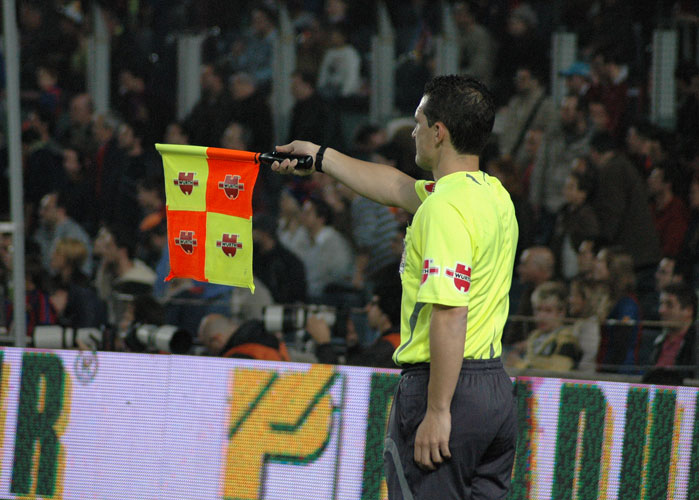The offside rule in football, also called the offside law, is one of the rules of football. It states that a player is in an offside position if any of their body parts (not including the hands and arms) are in the opponents' half of the pitch, and closer to the opponents' goal line than both the ball and the second last opponent (the last opponent is usually the goalkeeper). The player is not considered to be in an offside position if they are level with the second last opponent or further back.

offside rule in football explained simply
The offside rule in football is one of the most controversial and hotly-debated rules in the sport. The basic principle is that a player is in an offside position if he is nearer to his opponents' goal line than both the ball and the second-last opponent.
A player in an offside position cannot be actively involved in the play, i.e. he cannot touch the ball or receive it from a teammate, unless there are two or more opponents between him and the goal line. If he does so, he is guilty of offside and a free-kick is awarded to the opposing team from the point where he committed the offence.
There are a number of exceptions to the offside rule, which can be confusing for even the most ardent football fan. These include if a player receives the ball directly from a goal-kick, corner-kick or throw-in; if he is
Comments
Post a Comment